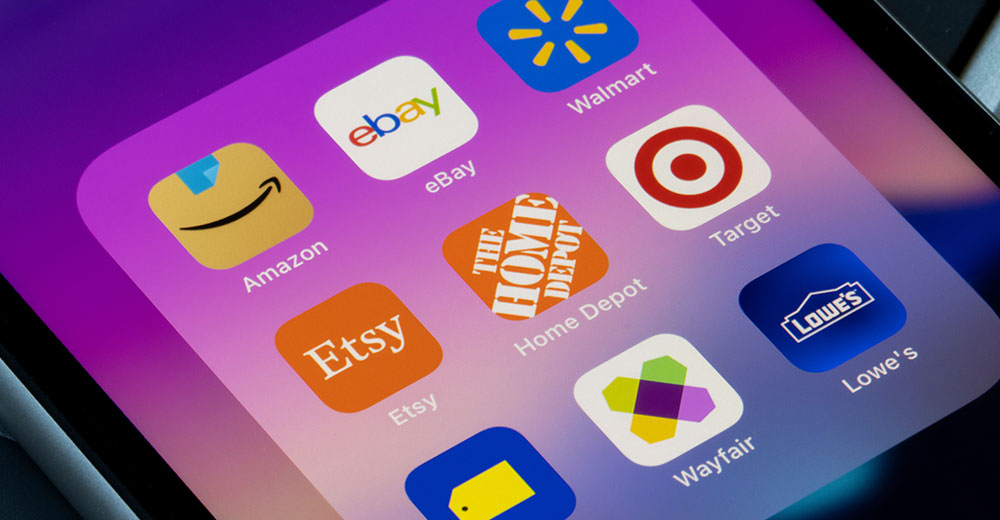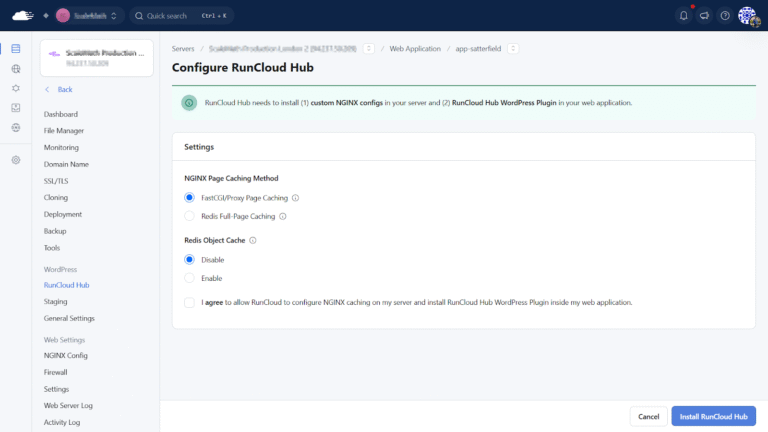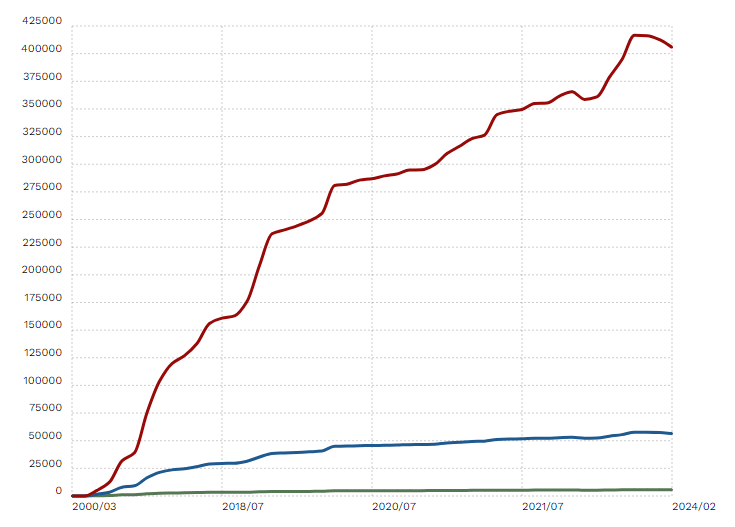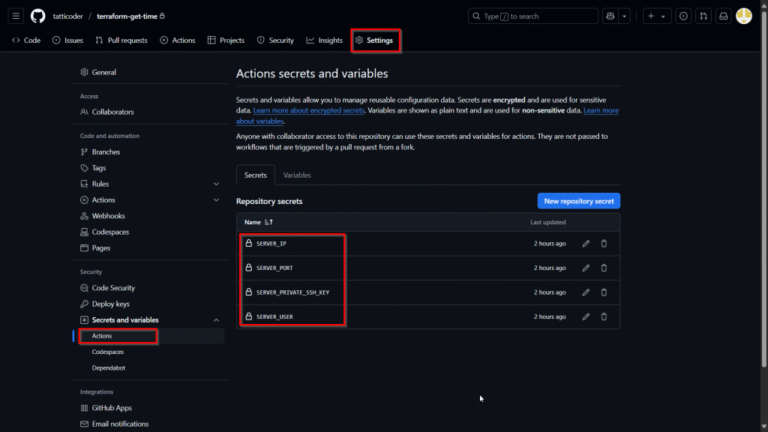
Retailers are increasingly turning to third-party marketplaces to broaden their reach and accelerate growth. These platforms provide instant access to large, ready-made customer bases, boosting visibility and credibility while reducing the costs and risks of building proprietary e-commerce infrastructure. At the same time, they raise new concerns around data control, brand competition, and marketplace dependence.
Beyond sales, these digital markets generate insights into consumer behavior and competitors while simplifying global expansion through built-in cross-border tools. For small and emerging businesses, marketplaces offer a fast track to growth by providing brand visibility and trust without the need for heavy upfront investment.
Examples of this marketplace expansion are appearing across the retail landscape. Best Buy recently relaunched its marketplace to include a wide array of non-electronics items — from musical instruments to sports gear — doubling its online inventory without adding physical stock. Macy’s and Bloomingdale’s followed suit in late 2022, launching a marketplace that grew from 400 brands at launch to more than 1,400 by early 2023.
Other major retailers have recently launched marketplaces or announced plans to do so. Lowe’s debuted its marketplace in December 2024, Kohl’s launched in 2023, while UK retailers Asda and Sainsbury’s both opened platforms in 2024.
Target has energized its third-party marketplace, Target Plus, by adding hundreds of new sellers and expanding key categories like home goods and apparel. IKEA, meanwhile, launched a digital storefront on China’s JD.com in August 2025, offering its full range of home furnishings and accessories to one of the world’s largest online audiences.
For small and mid-sized businesses, these marketplaces provide a critical path to customers who might otherwise be out of reach. By listing products on well-known platforms, lesser-known brands can benefit from the trust and reputation those platforms have already built, while keeping operating costs and risks low.
Marketplaces are no longer just the domain of Amazon or Walmart — they represent the next evolution of digital commerce across the entire retail spectrum, according to Scott Benedict, founder and CEO of Benedict Enterprises. Benedict, who advises retailers and brands on omnichannel strategy and marketplace growth, sees this model as a catalyst for innovation.
“Done right, the marketplace model can be a win-win: more choice and convenience for customers and more innovation and reach for brands,” he told the E-Commerce Times.
Marketplace Strategy Varies by Retailer
Benedict observed that the stickiness comes from turning the marketplace into a growth engine for sellers, not just a sales channel. For a specialty retailer like Best Buy, the challenge is to scale the “endless aisle” without losing the trusted brand identity that customers rely on.
The real opportunity lies not only in expanding assortment but also in building an ecosystem of fulfillment, advertising, and insights. Those factors transform the platform into a genuine growth engine for both Best Buy and its seller partners. For sellers big and small, the expanded marketplace itself is only the foundation.
“What really makes it compelling is the ecosystem built around it,” Benedict said.
This additional ecosystem encompasses fulfillment and logistics, retail media and advertising, as well as data and insights. A marketplace model impacts the relationship between the retailer and its existing brand partners.
“It creates competition and new opportunities for collaboration,” he added.
Balancing Retailer Goals and Partner Needs
For some established brand partners, a marketplace can feel like added competition because new sellers may bring in look-alike or lower-priced alternatives, he explained. But it also creates opportunities.
Marketplace participation enables brands to expand their assortments beyond what retailers can carry in-store or through their own inventory. It also lets brands test innovations or niche products more quickly, supported by the retailer’s digital shelf.
“The key is transparency and partnership, helping existing brands see the marketplace as an extension of their own channel strategy rather than a threat,” Benedict suggested.
For instance, he cited Walmart’s initial competition scenario evolving into an opportunity, with brands now assigning team members to manage their marketplace strategy directly. They also use it as a test bed for new products and consumer feedback in the form of ratings and reviews.
Marketplace Expansion Risks
Retailers are strategically moving into marketplaces to expand reach and revenue, agreed Steve Zisk, senior product marketing manager of Redpoint Global, a data readiness solution and customer engagement strategy provider. That strategy makes sense given the seemingly endless avenues consumers have for shopping channel options.
“But in doing so, retailers run the risk of fragmenting their most valuable asset: customer data,” he told the E-Commerce Times.
By nature, marketplace transactions are usually siloed and therefore viewed as standalone sales, rather than a regular part of the connected customer experience (CX) journey. As a result, the retailer sees what the customer bought on Amazon or Walmart as it relates to their products, he cautioned.
“The retailer loses visibility into what else the customers bought, how they interacted with any loyalty programs, or how their individual preferences are evolving,” he noted.
Retailers must unify third-party marketplace data with first-party systems. Otherwise, they lose vital personalization details if retailers fail to integrate marketplace interactions back into a “golden record,” Zisk added.
Cybersecurity Challenges Rise
Third-party marketplaces broaden the attack surface risks for brands, warned Zbyněk Sopuch, CTO of Safetica, a data security solutions provider. Sensitive assets, such as product data, pricing models, and customer information, are sent through systems that retailers do not fully control.
“From there, the risk of breaches, insider threats, and compliance failures escalates. Then, when you add cloud-based integrations and APIs to the mix, visibility into vulnerabilities gets even murkier,” he told the E-Commerce Times.
For instance, numerous headlines over the years have revealed how a single overlooked vendor connection can quickly become the weak link that exposes an entire retail ecosystem.
According to Greg Bibeau, CEO of IT services firm Terminal B, retailers that evolve into third-party marketplaces tend to discuss cybersecurity reactively rather than proactively. This mistake is not unique. Retailers consistently underestimate the risk of handing off customer data, payment systems, and supply chain access to platforms outside of their direct control.
“My advice to retailers is to treat marketplace expansion like a merger,” Bibeau told the E-Commerce Times. “There are new vulnerabilities, and you need to conduct a complete risk assessment before you move forward with the flip of a switch,” he advised.
Bibeau also urged retailers to expand their implementation of rigorous vendor security vetting, layered monitoring for suspicious activity, and to require payment by tokenized means to limit exposure.




![How to Add Meta Tags in WordPress [A Visual Guide]](https://cpanelplus.net/wp-content/uploads/2025/05/how-to-add-meta-tags-in-wordpress-a-visual-guide-768x306.png)

